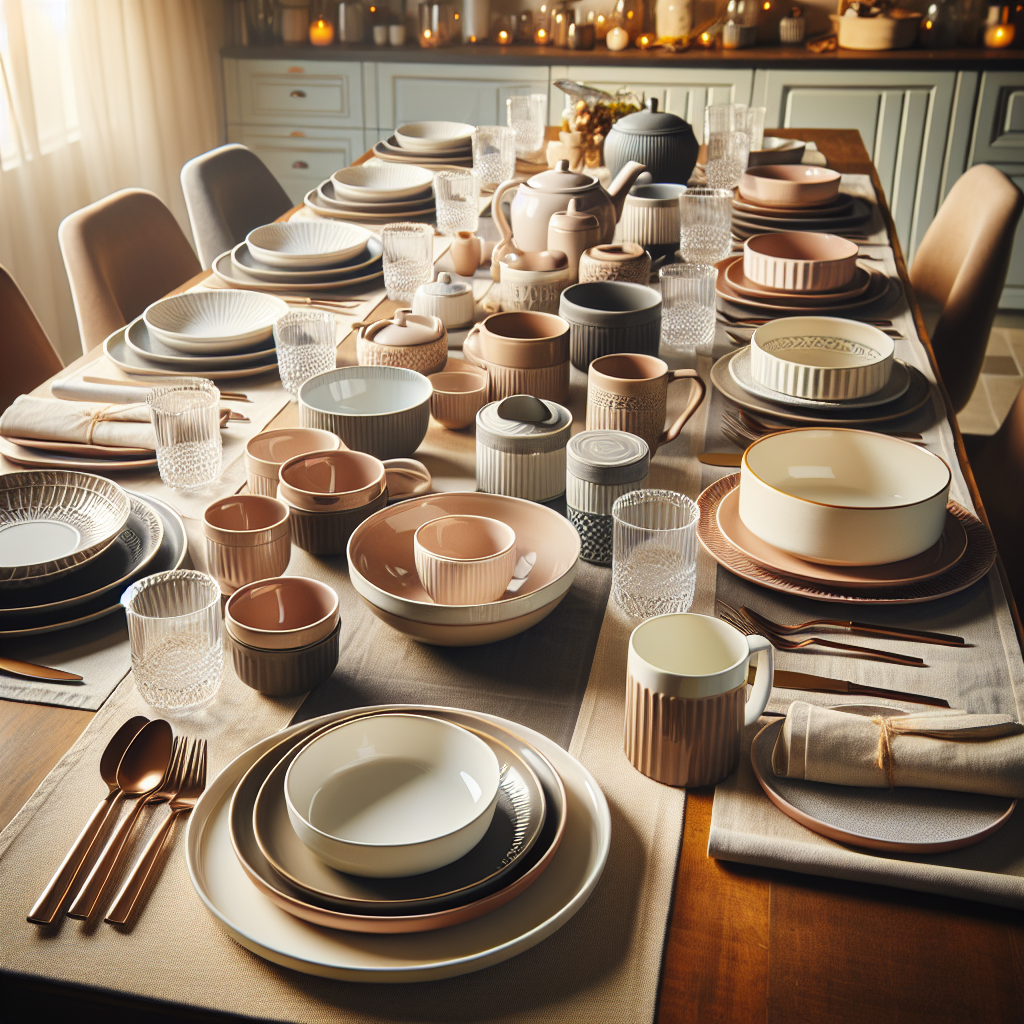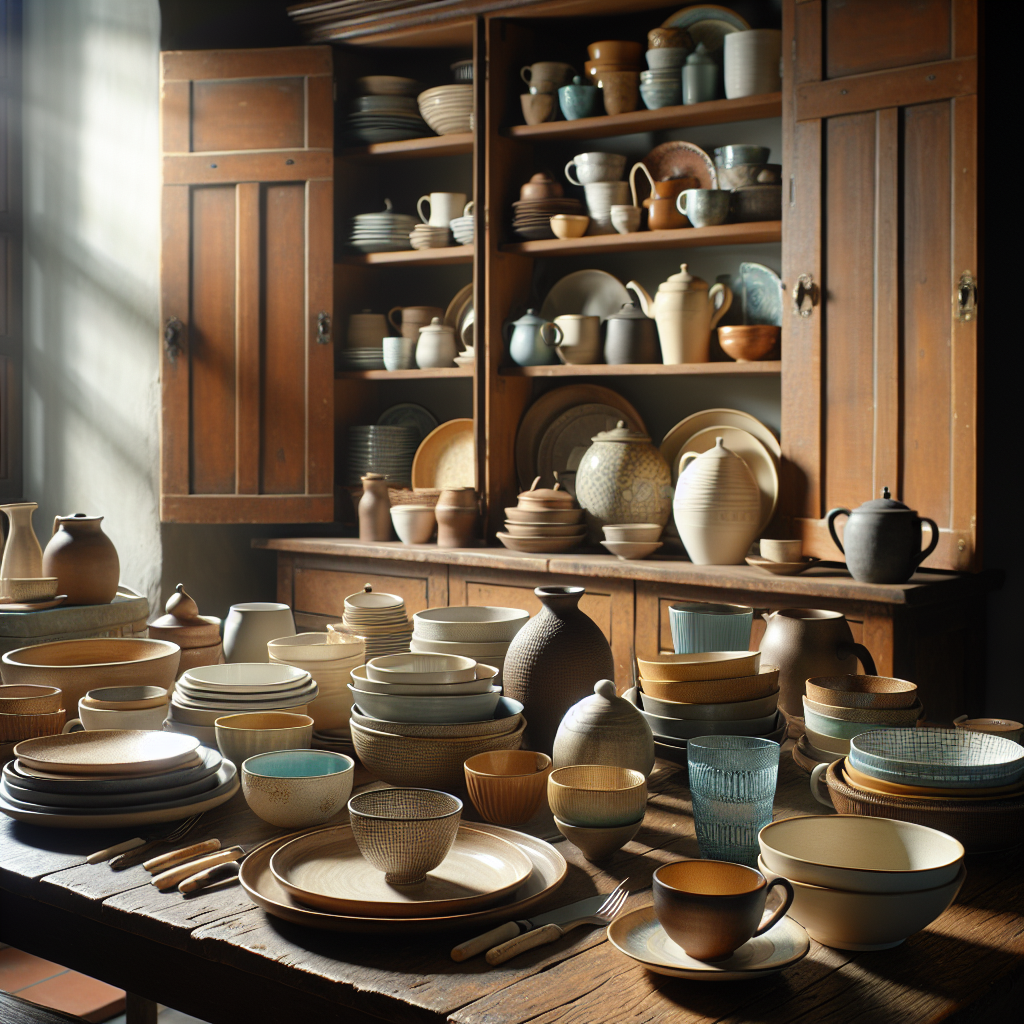When it comes to setting the table for a meal, finding the perfect size of dinnerware can make all the difference. You want plates and bowls that are not only functional but also aesthetically pleasing. But with so many options available, the task of choosing the right size can be overwhelming. Don’t fret, though! In this article, you’ll discover some helpful tips and considerations to guide you in selecting the ideal dinnerware size for your home.
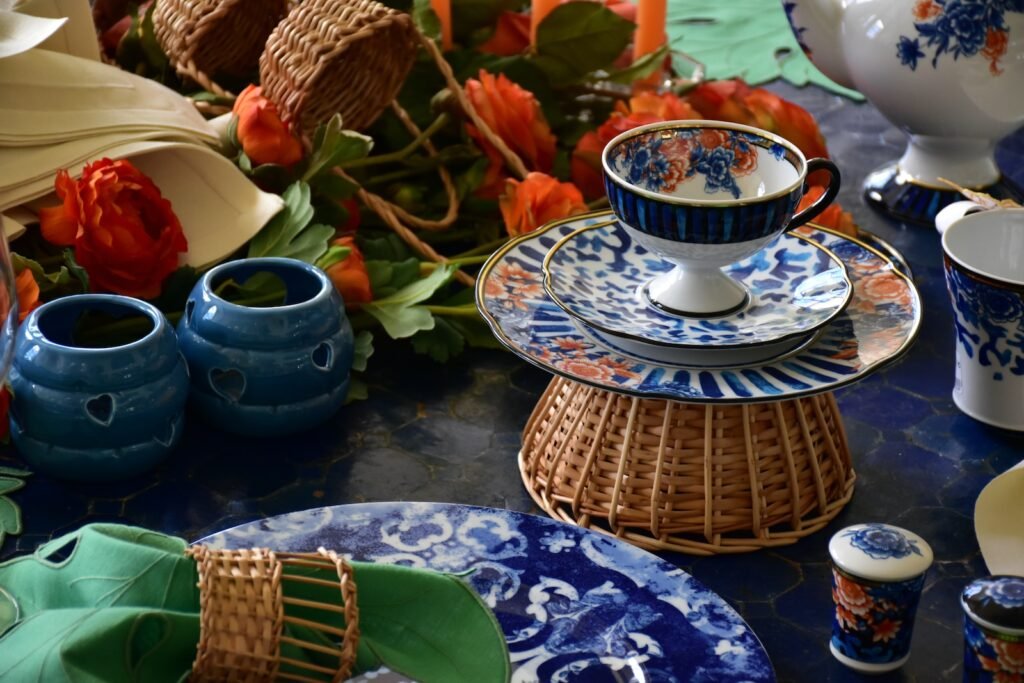
Consider the size of your dining table
When choosing the right size of dinnerware for your home, it is essential to consider the size of your dining table. Start by measuring the dimensions of your table to ensure that the dinnerware you select will fit comfortably. This step will prevent any overcrowding or lack of space issues when setting the table. It will also help you determine the appropriate size of plates, bowls, and glasses that can be accommodated on the table.
Next, take into account the number of place settings you typically require. If you have a larger family or often invite guests over for meals, you may need a larger number of dinnerware sets. Consider the number of people you usually entertain and ensure that you have enough place settings to comfortably serve everyone. This will help you determine the quantity of each type of dinnerware you need, ensuring that everyone has a complete set at the table.
In addition to considering the dimensions of your dining table and the number of place settings, think about the shape and design of your table. Round or oval tables may require slightly different sizes of dinnerware compared to rectangular or square tables. If your table has intricate details or a unique shape, you will want to choose dinnerware that complements and enhances its aesthetic appeal. The shape and design of your table can also influence the overall look and feel of your table setting, so it is important to consider these factors when selecting the size of your dinnerware.
Evaluate your storage space
Before purchasing dinnerware, it is crucial to evaluate your storage space. Measure the cabinets or storage area where you plan to keep your dinnerware to ensure that the sizes of the plates, bowls, and glasses you choose can fit comfortably. This step will prevent any difficulties when storing and organizing your dinnerware sets.
Additionally, consider the size and shape of your dinnerware sets in relation to your storage space. If you have limited cabinet space, opting for smaller-sized dinnerware may be more practical. On the other hand, if you have ample storage room, you can choose larger-sized dinnerware sets without worrying about space constraints. By assessing your storage space and considering the size and shape of your dinnerware sets, you can ensure that your chosen dinnerware will be easily accessible and well-organized.
Analyze your cooking and serving needs
To select the right size of dinnerware, it is important to analyze your cooking and serving needs. Think about the typical meal portions you serve and consider whether you prefer a smaller or larger plate size to accommodate your meals. If you tend to serve generous portions, choosing dinner plates with a larger diameter may be more suitable. Conversely, if you prefer smaller or more delicate meal portions, selecting plates with a smaller diameter may be ideal for your needs.
Another aspect to consider is the types of dishes you usually prepare. If you frequently serve dishes that require more space, such as pasta or salads, opting for larger-sized bowls will ensure that your meal is served and enjoyed comfortably. On the other hand, if you primarily serve soups or cereals, choosing bowls with a smaller capacity may be more practical. By considering your cooking and serving needs, you can select dinnerware that complements your culinary preferences and enhances your dining experience.
Furthermore, determine if you often entertain guests at your home. If you frequently host dinner parties or gatherings, it is advisable to have extra dinnerware sets on hand. This will allow you to accommodate a larger number of guests and ensure that everyone is served with the appropriate size of dinnerware. Additionally, selecting dinnerware sets that are versatile and can be easily mixed and matched will provide flexibility when hosting different types of events or occasions.
Select the appropriate plate size
When it comes to plate sizes, there are various options to choose from based on your preferences and needs. Standard dinner plates typically have a diameter range of 10 to 12 inches. These plates offer ample space for serving main courses and can accommodate generous portions of food. If you prefer a slightly smaller plate size or have limited table space, opting for plates with a diameter of around 9 inches may be more suitable.
In addition to dinner plates, consider including salad plates or side plates in your dinnerware collection. These plates are typically smaller in size, with a diameter ranging from 7 to 8 inches. Salad plates are perfect for serving salads, appetizers, or smaller portions of food alongside the main course. They can add variety to your table setting and allow for more flexibility when plating different courses.
For appetizers or desserts, having smaller-sized plates specifically designed for these purposes can enhance the presentation and dining experience. Appetizer or dessert plates usually have a diameter ranging from 5 to 6 inches, providing just the right size for individual servings. These plates can be used to showcase delicious appetizers, delectable desserts, or even a selection of small bites during cocktail parties or social gatherings.
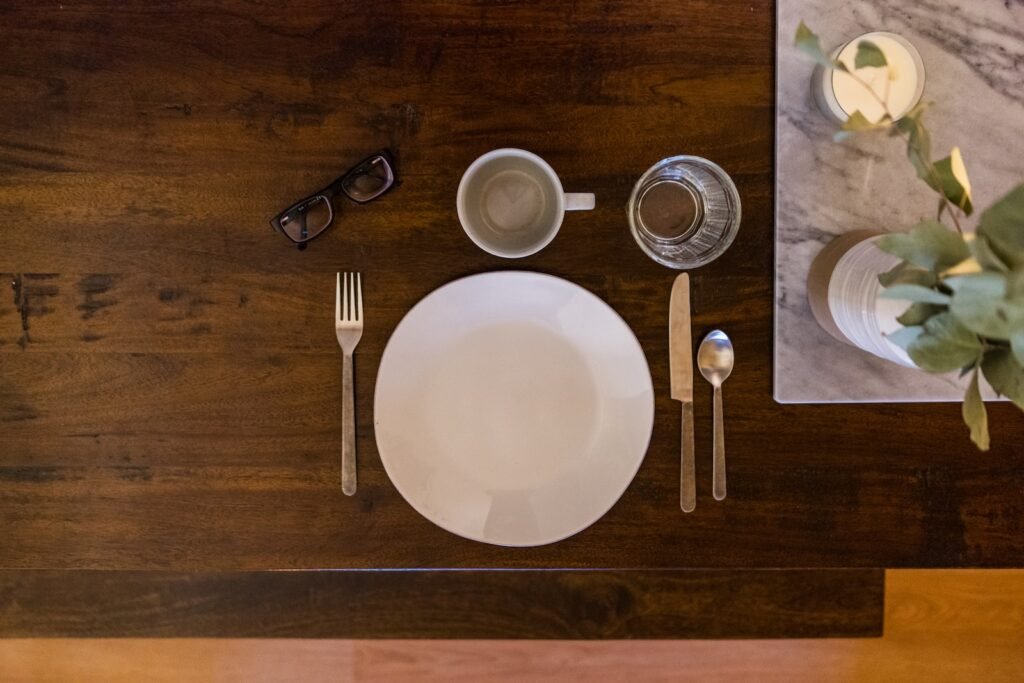
Choose the right bowl size
Bowl sizes are an important consideration when selecting the right dinnerware for your home. Cereal or soup bowls are designed to hold your morning cereal or comforting soup meals. Typically, cereal bowls have a larger diameter and shallower depth compared to soup bowls. They offer enough space for a satisfying portion of cereal and milk. Soup bowls, on the other hand, generally have a smaller diameter and deeper depth, allowing for adequate space to enjoy a warm and hearty soup.
Pasta or salad bowls are larger-sized bowls designed to accommodate dishes that require more space. Pasta bowls have a wide and shallow structure, providing enough room for tossing pasta with sauces or serving pasta-based dishes. Salad bowls are slightly deeper and can hold a generous portion of salad vegetables and toppings, allowing for easy tossing and mixing. By choosing the appropriate size of bowls, you can ensure that your meals are served in a visually appealing and functional manner.
Pick the correct glassware size
When it comes to glassware, selecting the right size is essential for an enjoyable dining experience. Water glasses, also known as tumblers, are typically designed to hold approximately 8 to 10 ounces of liquid. These glasses are suitable for serving water, iced tea, or other refreshing beverages. Consider the height, width, and overall capacity of the water glasses to ensure they fit comfortably on your table and in your hands.
If you enjoy savoring a glass of wine with your meals, choosing the appropriate size of wine glasses is crucial. Red wine glasses are typically larger in size, allowing the wine to breathe and the aromas to develop. White wine glasses are smaller compared to red wine glasses to preserve the cooler temperature of the white wine. Champagne flutes are slender and tall, designed to showcase the effervescence and bubbles of champagne. By selecting the correct size of wine glasses, you can enhance the taste and experience of your favorite wines.
For those who enjoy hosting cocktail parties or serving mixed drinks, having the right size of cocktail glasses is essential. Martini glasses, highball glasses, and rocks glasses come in various sizes to accommodate different cocktail recipes. Consider your preference for stronger or lighter cocktails and choose the appropriate cocktail glass size accordingly. By having a well-curated selection of glassware sizes, you can cater to a variety of beverages and elevate the enjoyment of your drinks.
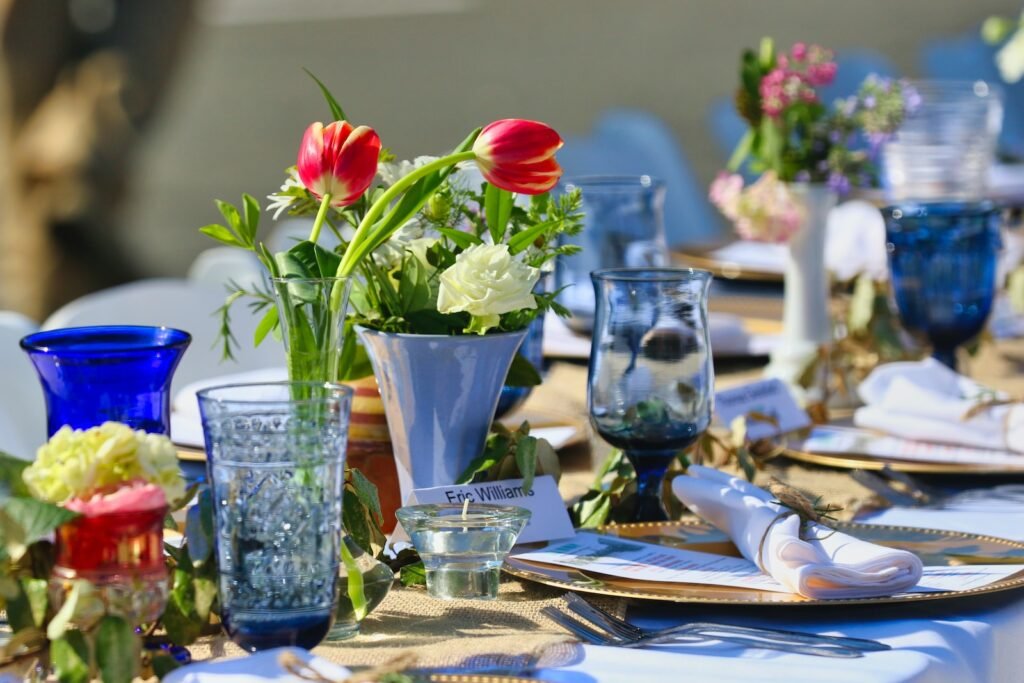
Consider the size of serving dishes
When preparing and serving meals, having appropriately sized serving dishes is important for practicality and aesthetics. Platters and trays for main courses should be large enough to comfortably hold the dishes you plan to serve. Consider the dimensions of the platters or trays in relation to the size of your dining table, ensuring that they can be easily transferred and presented to your guests. Opt for platters or trays with raised edges to prevent any spills or accidents while carrying them from the kitchen to the dining area.
Additionally, consider the size of bowls for side dishes or salads. Smaller-sized bowls are suitable for individual servings or smaller quantities of side dishes. Large serving bowls can accommodate larger portions, making them ideal for family-style dining or buffet-style gatherings. If you frequently serve salads, choosing a larger salad bowl with ample depth will allow for easy tossing and mixing of ingredients. By considering the size of serving dishes, you can ensure that your meals are presented attractively and served efficiently.
Think about the size of mugs and cups
Mugs and cups are essential components of a well-equipped dinnerware collection, particularly for those who enjoy hot beverages. When choosing coffee mugs, take into account the amount of coffee or tea you typically consume in one sitting. Opt for mugs with a capacity that suits your caffeine needs, whether you prefer a larger-sized mug for more substantial servings or a smaller-sized mug for smaller doses of your favorite hot beverage. Consider the handle size and overall design of the mugs to ensure a comfortable grip.
Teacups, on the other hand, are typically smaller in size compared to coffee mugs. They are designed for serving tea and are often accompanied by saucers. Teacups come in various capacities, so choose one that matches your tea-drinking habits. They should be easy to hold and sip from, providing a delightful experience as you enjoy your preferred tea blends or flavors.
By considering the size of mugs and cups, you can create a harmonious and practical arrangement of dinnerware that complements your hot beverage preferences.
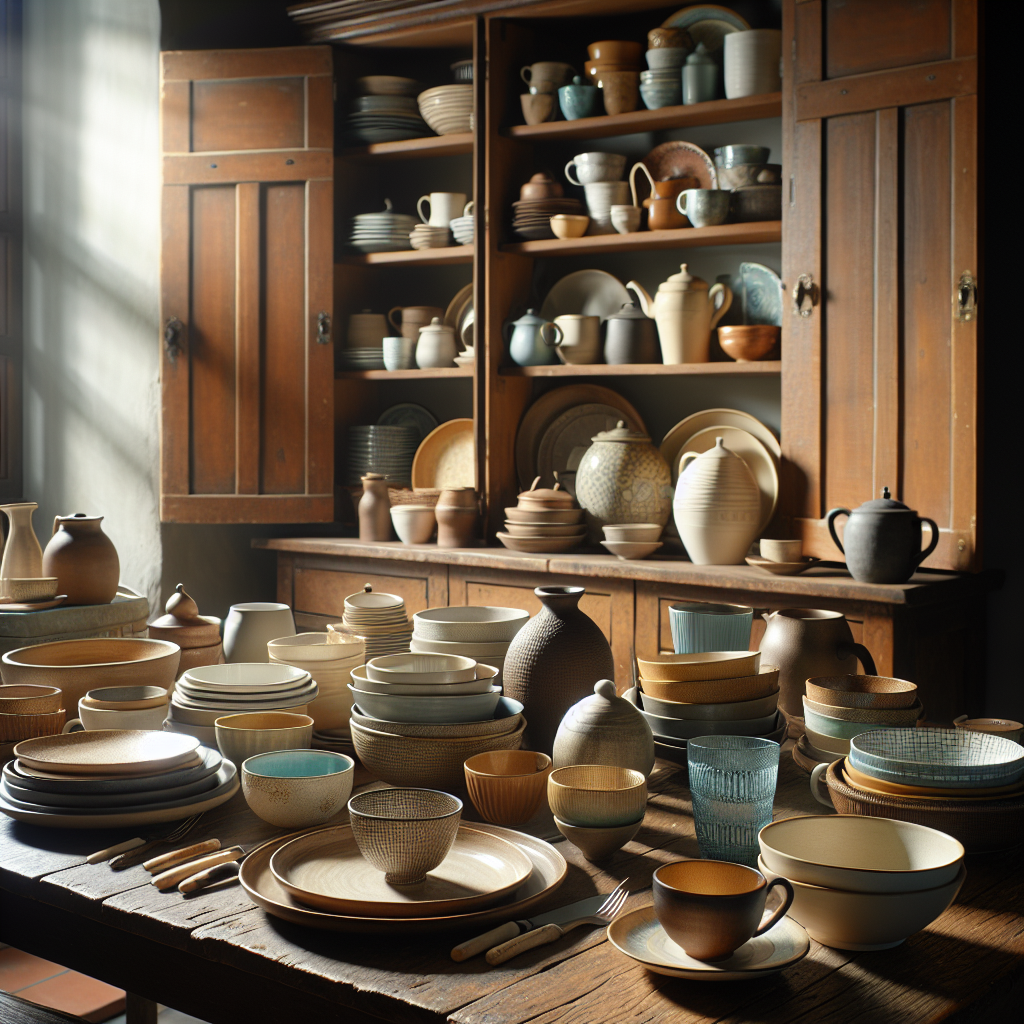
Assess the size of cutlery and flatware
Cutlery and flatware play a significant role in completing a table setting. When assessing the size of dinnerware, it is equally important to assess the size of the accompanying cutlery and flatware. Dinner forks, knives, and spoons should have appropriate dimensions to comfortably hold and handle your meals. Ensure that the length and width of the cutlery are suitable for your dining preferences.
Additionally, consider including salad forks in your flatware collection. These forks are smaller in size compared to dinner forks and are specifically designed for salads or appetizers. Salad forks provide ease of use and allow for graceful handling of smaller food portions.
Dessert spoons, often smaller and more delicate compared to regular spoons, are specifically designed for enjoying desserts. They have a smaller bowl size, making them perfect for savoring each bite of your favorite sweet treat. By taking into account the size of cutlery and flatware, you can create a cohesive and comfortable dining experience.
Take into account the size of serving utensils
Serving utensils are crucial for transferring and serving dishes from the kitchen to the dining table. When selecting the size of serving utensils, consider the types of dishes you typically serve and the portion sizes required. Serving spoons are essential for dishing out main courses, side dishes, or salads. Opt for serving spoons with a large enough bowl size to accommodate generous portions of food.
Tongs are versatile serving utensils that are particularly useful for serving finger foods or buffet-style meals. Their length should be suitable for gripping and transferring various food items. Choose tongs with a comfortable handle size and a secure grip to ensure ease of use.
Ladles are ideal for serving soups, sauces, or gravies. Consider the size and capacity of the ladle to ensure that it can effectively serve the desired amount of liquid or sauce at once. A ladle with a longer handle can also prevent any spills or accidents while serving.
By taking into account the size of serving utensils, you can ensure that your serving experience is efficient, practical, and aesthetically pleasing. The right size of serving utensils will add the final touch to your beautifully plated dishes.
In conclusion, choosing the right size of dinnerware for your home involves considering multiple factors such as the size of your dining table, your storage space, your cooking and serving needs, and the specific size requirements of each dinnerware item. By carefully evaluating these aspects, you can select dinnerware that not only fits your lifestyle but also enhances your dining experience. Whether you are hosting a grand dinner party or simply enjoying a meal with your loved ones, the right size of dinnerware will ensure that every dining occasion is both practical and visually appealing.
